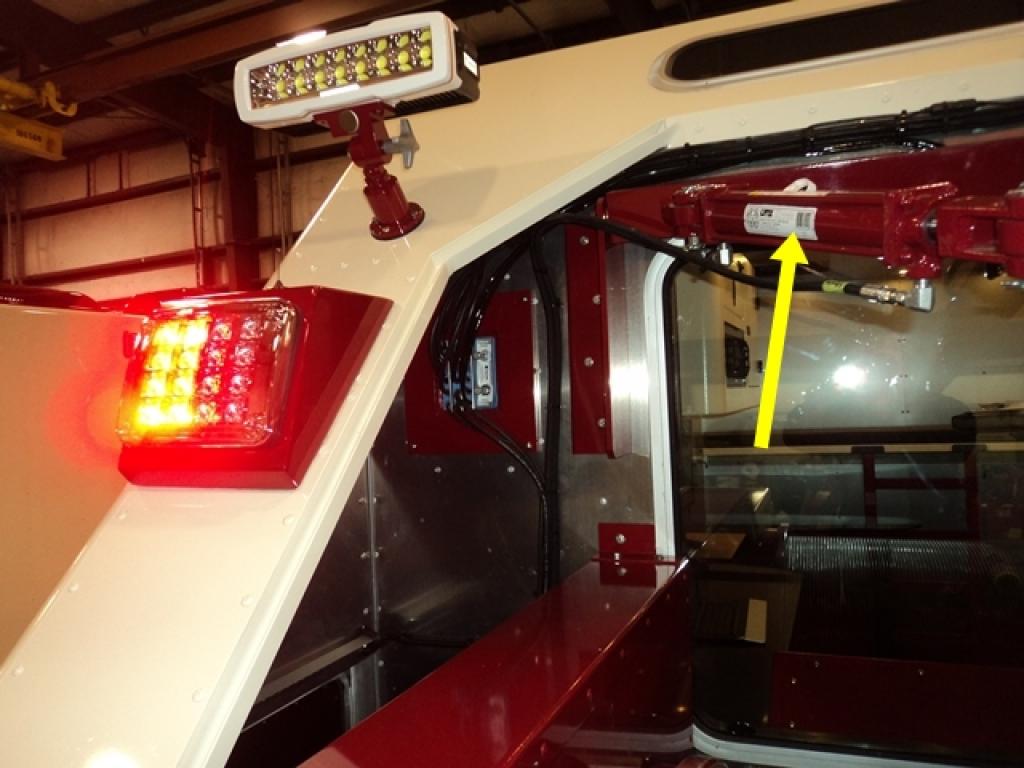| Probable Cause | Possible Remedy |
|---|
| Cylinder leaks internally |
- Repair and/or replace parts and seals.
- Check fluid viscosity using a visgage or through oil analysis. Compare to equipment manufacturer’s specification
- Check for contamination. Flush, clean & refill system.
|
| Aeration of system |
- Bleed the system of air
- Check pump intake with vacuum gage. Fix any leaks
- Check for low fluid level
- Check for fluid return line in tank above fluid level. Extend return line.
|
| Directional valve not shifting completely |
- Disassemble and clean Reassemble.
- Check pilot pressure, too low
- Check for system aeration.
- Check for contamination and wear.
|
| Low pilot pressure |
- Check choke control (if so equipped) for proper adjustment
- Check source pressure. Adjust as needed.
- Disassemble and clean valve passages
|
| Cylinder binding or sticking |
- Disassemble and inspect for probable cause of sticking; clean and reassemble.
- Readjust rod gland seal packing
- Realign linkage
- Check rod for bending. If necessary, check for proper rod size and if a stop tube is needed.
|
| Nicked, worn and/or scored rod and seals |
- Check rod for damage: replace
- Check for normal seal wear with a .002 feeler between seals and rod. Should be tight
|
| Loose retainer or brushing |
- Adjust retainer until leakage stops (V-packing)
- Remove & replace V-packing
|
| Hard and brittle |
- Check for excessive operating temperature
- Remove & replace with heat tolerant seals.
|
| Mushy or soft |
- Check compatibily of seals and fluid.
- Replace with compatible seals
|
| Extreme back pressure |
- Check flow control adjustment and correct if necessary.
- Check internal cushion adjustment and correct if necessary.
|
| Soft or mushy seals |
- Check compatibility of seals and fluid.
- Replace with compatible seals
|
| Hard and brittle |
- Check for excessive operating temperature.
- Remove and replace with heart tolerant seals.
|
| Improper installation |
- Disassemble and turn seals to proper position.
|
| Excessive wear |
- Remove and replace seals.
- Flush, clean & refill system
- Replace with more durable seals.
|
| Hard and/or brittle |
- Check for excessive operating temperatures.
|
| Pressure too high |
- Pressure should be lower, o adjusted rated limit.
- Measure pressure inside cylinder during cushioning. Use external shock absorbing device.
|
| Crushed or extruded seal |
- Remove and replace seal
- Lubricate seal before installation
- Retorque tie rods properly. Check manufacturer specifications.
|
| Mushy or soft seals |
- Check seal and fluid compatibility.
- Replace with seal that is compatible with fluid
|
| Improperly torqued tie rods. |
- Retorque tie rods properly. Check manufacturer specification
|
| Wear or flat spots on seal inner and/or outer diameter. |
- Check for side loading or for other causes of wear.
- Replace seals.
|
| Binding of linkage arrangement |
- Check linkage for proper alignment.
|
| Piston rod bent or broken |
- Disassemble & replace seals
|
| Piston seal(s) leak |
- Check & adjust system pressure.
|
| Pressure too low |
- Recalculate cylinder size and load requirements
|
| Cylinder to small |
- Recalculate cylinder
|
| Contamination |
- Replace all worn and scored parts.
- Flush, clean & refill system.
|
| Piston seal(s) |
- Disassemble & replace seals
|
| Directional control valve |
- Refer to section on directional control valve maintenance.
|
| Sufficiently high return line back pressure (Single acting cylinder) |
- Check for restricted line.
- Remove and replace return line filter.
|
| Common occurrence with center directional valve in neutral or center position and pump under load. |
- Change to tandem spool type valve.
- Check for proper mounting alignment
|

